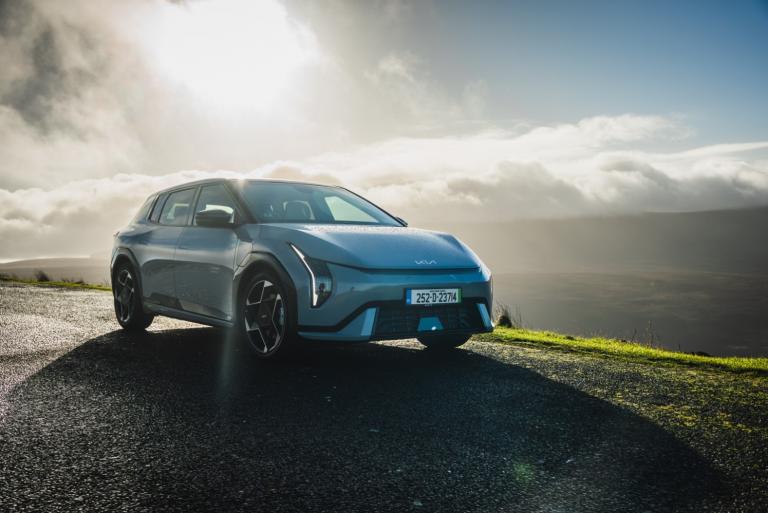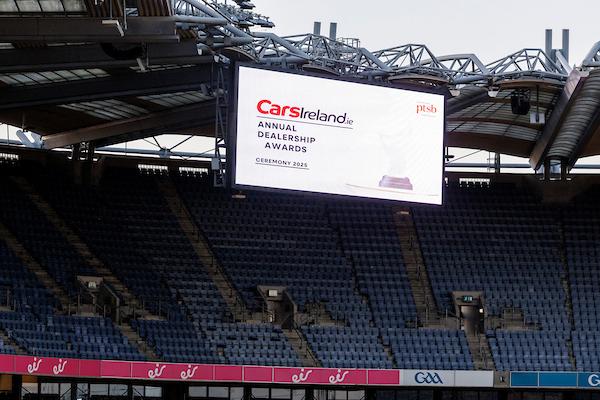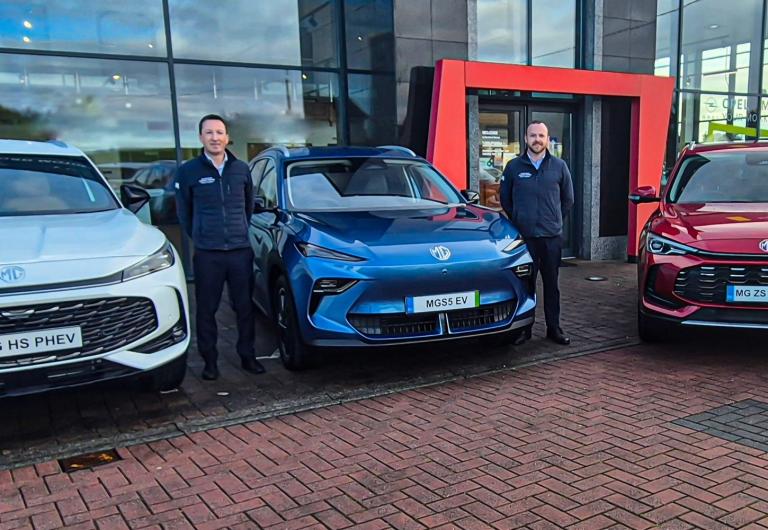Nissan Qashqai | Video Review | CarsIreland.ie
Published on 20 December, 2017
The Nissan Qashqai still remains the name most closely associated with the crossover movement, but with an endless supply of exciting new competitors, does it still deserve to be the benchmark?
Overview
Overview
The Qashqai is not a car that needs any introduction, and when Nissan first introduced it ten years ago, not even they could have predicted what a huge success it would be.
That success started a chain of events that has seen the crossover take over from the hatchback as the family car of choice and it wasn’t long before every other manufacturer had their own equivalent, offering the looks and road presence of an SUV, minus the high running costs, and crimes against the environment.
The Qashqai still remains the name most closely associated with the class, but with an endless supply of exciting new competitors, does it still deserve to be the benchmark against which all other SUVs must measure themselves?
Trendy SUV image aside, the main draw for the Qashqai and its kind is the extra space and practicality it offers over a normal hatchback. The extra height means more headroom for all on board and the higher ride height also makes it very easy to get in and out of, which can make life easier for those with limited mobility.
You also get extra boot space, 430 litres to be exact. That is by no means the largest in the class anymore but it is quite thoughtfully designed, with a handy false floor and a completely flat load area when you fold the backseats down.
The backseats haven't gotten any smaller over the last few years, but newer rivals such as the Kia Sportage and Seat Ateca are making it seem a bit less spacious than it once was. That said, there is enough room for two adults, or three children quite comfortable. On the family friendly side, it’s got wide-opening rear doors, and two sets of Isofix anchors for installing child seats securely.
Interior quality is another area where the Qashqai once might have shone. It's a simple layout, with a durable feel and a set-up that feels instantly familiar. But again new contenders, most notably the new Peugeot 3008 are showing just what’s possible with a cabin, within this budget, and if we’re honest, it makes the Qashqai's look a bit lacklustre.
The same goes for the infotainment, again very simple to use – highly functional, but with slightly underwhelming graphics, compared to what the Volkswagen Group are offering.
Storage in the cabin is well thought out with several cup-holders, doorbins than can fit a large bottle of water and a handy central storage area, even if it is a little on the scratchy side.
The top-spec SVE model counters this somewhat with some pretty luxurious features like heated seats, and elegant watchstrap leather upholstery. It also gets 19 inch alloy wheels, some impressive safety kit, and a very impressive parking assistance system. The birdseye around-view monitor allows you to see exactly what’s around you in every direction, making stressful pressure parking situations a thing of the past.
If you don’t want to splash out for that, equipment levels are reasonably generous from the ground up. All models get Bluetooth, Air conditioning and Cruise control as standard, although most will be tempted into the mid-spec SV spec which adds Alloy wheels, Dual Zone Climate Control and automatic lights and wipers.
You can also add an optional safety pack that includes things like lane departure warning, traffic sign recognition and automatic high-beam adjustment, but even without all that, the Qashqai retains its full five star Euro NCAP rating.
Out on the road is where the Qashqai really starts to excel, not because it sends shivers down your spine, but because it is just so easy and so comfortable to drive. That higher ride height gives you a nice commanding view of the road ahead, and the suspension does a good job of isolating you from any rough surfaces. That’s not at the expense of handling however, and the Qashqai feels very car like to drive, particularly around corners and bends, where there is very little of that roll which you can sometimes associate with SUVs.
There are four engines to choose from – a 1.2 or 1.6l petrol, or a 1.5 or 1.6l diesel. Our test car was the 1.2l petrol, reflective of the massive swing back towards petrol currently happening in the market. It’s quite a capable option too, with 115 PS it feels nippy enough for most urban driving situations and the claimed fuel economy of 5.8l per 100km is pretty decent considering the size.
Reliability and strong resale values are two more areas you won't need to worry about with this car. The constant demand for them on the used market means you'll never struggle to get rid of it if you do decide to change and the brand has a great reputation for producing well-built and long-lasting vehicles that rarely give trouble, once they're looked after right.
That is not to say it should be the default option anymore and if you’re in the market for an SUV at the moment, choice is one thing that you won’t be short of. While it’s still excelling in the practical areas of comfort and running costs, rivals are starting to pass it out in other areas.
Facts & Figures
Car Tested:
1.2l SVECar Tested Price:
€34,320Starting Price
€26,070Fuel Economy
5.8l/100km0 -100 Kms
10.6sPower
115 PSEmissions
129 g/kmTax
€270Seats
5Isofix
2 pointsBootspace
410lNCAP safety rating
5/5Latest Reviews

Kia EV4 Video Review

CarsIreland Dealership Awards 2025: Celebrating Excellence Across Ireland

Rochford Motors Joins MG Network as New West of Ireland Dealer
